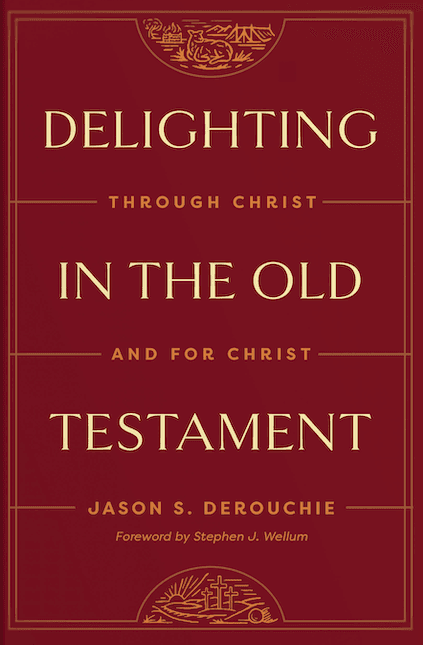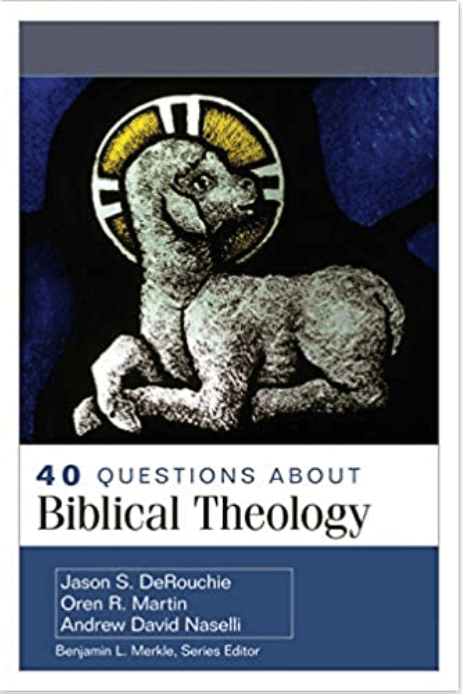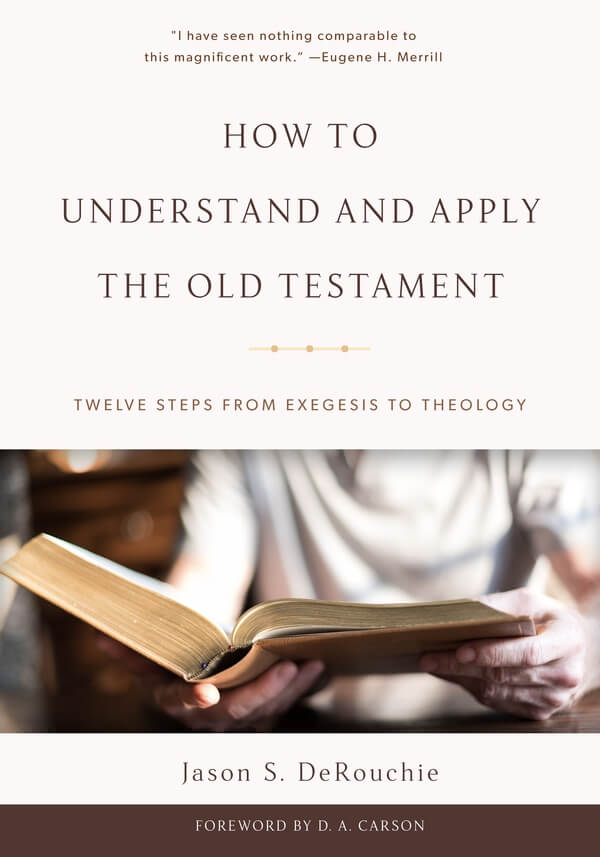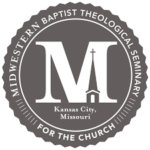Proclaiming the Kingdom
Blog
Follow Jason DeRouchie

Relating Old Testament Promises to Christians
JY: Welcome to GearTalk, a podcast on Biblical theology. Today, Jason and Tom are continuing our look at promises found in the Old Testament. In this podcast, we consider 5 principles that shape how the New Testament authors relate Old Testament promises to...

The Importance of Promises
JY: Welcome to GearTalk, a podcast on biblical theology. Today, Tom and Jason consider the importance of promises in the Bible. As we'll learn, we absolutely need promises. They are a gift from God for believers in this present age. This theme is of major importance,...

When Jesus Transforms the Law
Our Young Earth: Arguments for Thousands of Years
At stake in the question of the earth’s age is faithful exegesis of the biblical text aligned with a faithful interpretation of the scientific data. Because no one but God was present at the beginning, and because the Bible is God’s inerrant word, Scripture holds...

When Jesus Maintains the Law
JY: Welcome to GearTalk, a podcast on biblical theology. Today we continue looking at the law of Moses and the Christian, as we talked about last week in our podcast titled “How Jesus Makes Moses's Law Matter." The coming of Jesus changes the way God's people relate...
Podcast: Relating Moses’s Law to Christians
I recently appeared on the Theology for the Church podcast. Caleb Lenard and I discussed a progressive covenantalist perspective on how Christians should apply Moses's law today. We discuss whether the tripartite division of the law should be adopted, what laws apply...
Does the Law of Moses Matter for Christians Today?
Instruction through the Lens of Christ Moses matters for Christians, and yet he spoke in a context that’s very different from our own. The old covenant is not the covenant we’re under. We are under the new covenant. So all of Moses’s instruction matters but only...

The Old Testament’s Perspective on the Old Testament’s Audience and Comprehension
JY: Welcome to GearTalk, a podcast on biblical theology. Today's podcast is the counterpart to last week's podcast, where we talked about the New Testament's perspective on the Old Testament's audience and comprehension. Today, Tom and Jason talk about the Old...

New Testament Perspective on the Old Testament’s Audience and Comprehension
JY: Welcome to GearTalk, a podcast on Biblical theology. Today, Tom and Jason talk about the New Testament's perspective on the Old Testament. It turns out the New Testament authors had a lot to say about what for them was their only Bible. Hopefully, today's podcast...

Book Announcement: Delighting in the Old Testament
All Christians can enjoy Jesus and the hope of the gospel in the Old Testament. I argue this in my book, Delighting in the Old Testament: Through Christ and for Christ (Wheaton, IL: Crossway, 2024). Here is a basic overview of the book: Introduction: Ten Reasons the...
About Jason S. DeRouchie
Dr. Jason DeRouchie (PhD, The Southern Baptist Theological Seminary) is a churchman and a passionate teacher driven to exalt Jesus from the Old Testament and to help Christians better grasp why the initial three-fourths of the Bible matters for Christians. He is Research Professor of Old Testament and Biblical Theology and Rich and Judy Hastings Endowed Chair of Old Testament Studies at Midwestern Baptist Theological Seminary in Kansas City, Missouri. He also serves as Content Developer and Global Trainer with Hands to the Plow Ministries and as a pastor of Sovereign Joy Baptist Church in the northland of Kansas City, MO.









